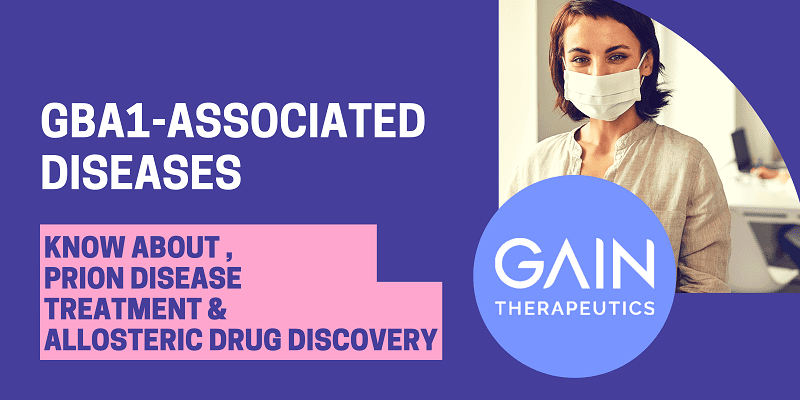Glucocerebrosidase is a lysosomal enzyme that is produced by the GBA1 gene, and it is one of the most frequently occurring genetic risk factors for Parkinson’s disease and other synucleinopathies. GBA1 is well-known because Gaucher disease, a rare autosomal storage disorder, is caused by mutations in GBA1. Over the past few decades, tremendous progress has been made in our understanding of the cell biology and genetics of glucocerebrosidase. There are at least 495 distinct mutations, both common and unusual, that have been discovered in the gene’s 11 exons. Degradation of the protein, problems with lysosomal targeting, and decreased activity of the enzyme in the lysosome are all possible effects of GBA1 mutations.
The phenotypes of Gaucher’s illness are varied, and it can manifest in both neuronopathic and non-neuronopathic ways. Both people with Gaucher disease and heterozygous carriers are at an increased risk of acquiring Parkinson’s disease and dementia with Lewy bodies, albeit the exact mechanism underlying this association is yet unknown. Even people with sporadic Parkinson’s disease had lower levels of glucocerebrosidase, which suggests a negative correlation between these two proteins. Basic cellular processes may be maintained by glucocerebrosidase and -synuclein interaction, or glucocerebrosidase dysfunction may exacerbate endoplasmic reticulum stress or worsen mitochondrial dysfunction, all of which may alter lysosomal homeostasis and contribute to Parkinson disease. However, the majority of people with gba1-associated diseases do not experience parkinsonism, indicating that additional risk factors exist.
PRION DISEASE TREATMENT
Early disease diagnosis would substantially aid in prion disease treatment USA in people. Real Time-Quaking Induced Conversion assay is a quick and incredibly sensitive diagnostic tool for prions created by RML scientists. This test amplifies previously undetectable amounts of prions to the degree where they are detectable using cell-free prion protein conversion reactions. It is utilised at numerous facilities all over the world to identify CJD. The RT-QuIC technique is also being modified by RML researchers to identify the proteins responsible for neurological illnesses like Parkinson’s, Alzheimer’s, and dementia with Lewy bodies.
RML researchers are striving to create medicines because there is currently no recognised cure for prion disease treatment USA.
ALLOSTERIC DRUG DISCOVERY
Based on secondary binding site effects, a novel approach to drug creation is currently being developed. In this method, small-molecule medications are created to bind into secondary binding sites rather than the primary orthosteric sites on the targeted macromolecules. The method is known as allosterism, and these secondary locations are known as allosteric sites. A successful prospective medicine, known as an “allosteric modulator,” will have the ability to attach to an allosteric site and remotely change (or modify) the conformation of the biological target’s main orthosteric binding site. One of two ways, depending on the conformational change, may impact how natural ligands attach to the orthosteric location of the enzyme or receptor protein:
- The allosteric alteration may improve the ligand’s binding affinity to the orthosteric site, increasing the signal or producing more activity. The substances that produce these effects are known as positive allosteric modulators (PAMs).
- The allosteric modulation may cause ligand binding to the orthosteric binding site to be slowed down or inhibited, which would weaken the signal or reduce activity. The substances responsible for this effect are known as negative allosteric modulators (NAMs).
Allosteric Drug Discovery USA is much newer.
USE A TARGET IDENTIFICATION PLATFORM TO TREAT YOUR DISORDERS AND DISEASES. USE GAIN THERAPEUTICS TO UNLOCK DISTINCTIVE TREATMENT OPTIONS.
https://perspectives.gaintherapeutics.com/
EMAIL ID: [email protected]
CUSTOMER CARE NO. : +1 301 500 1556


